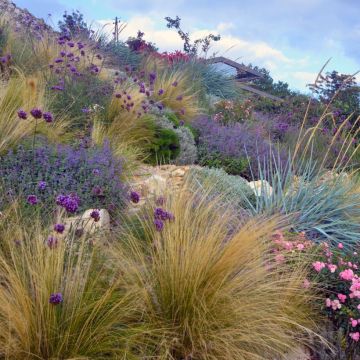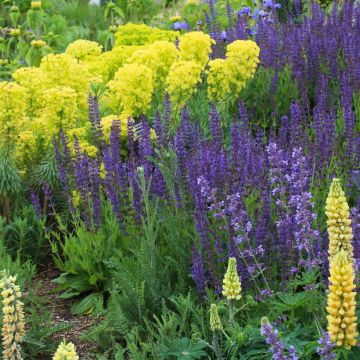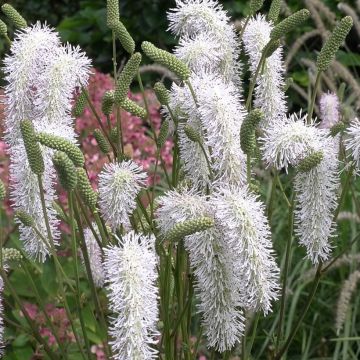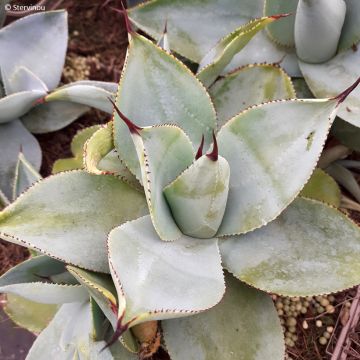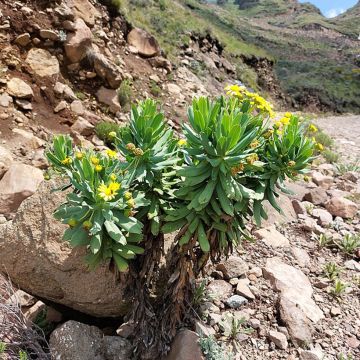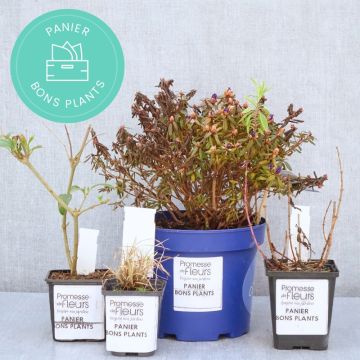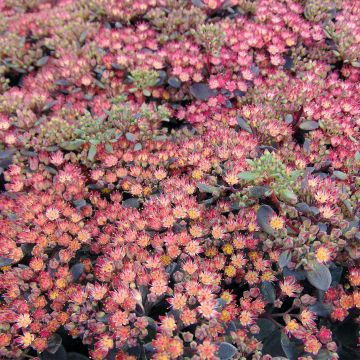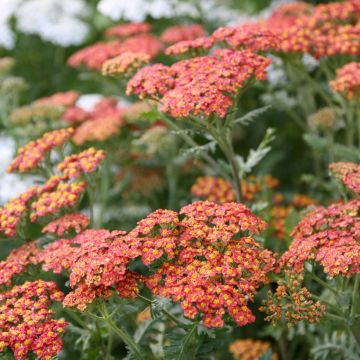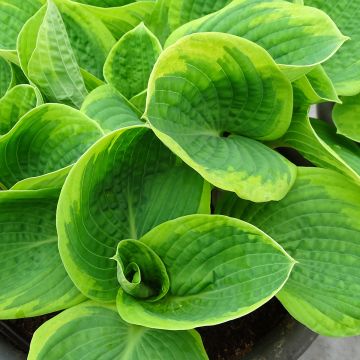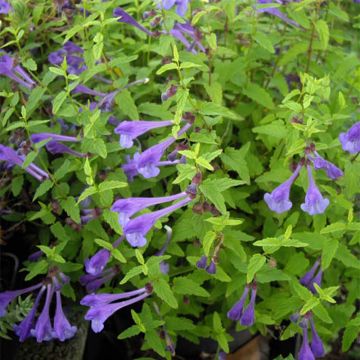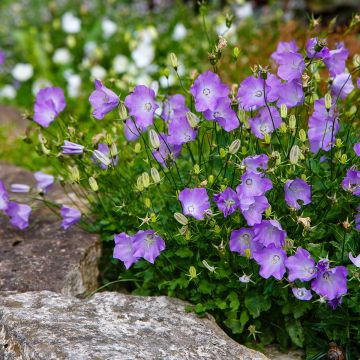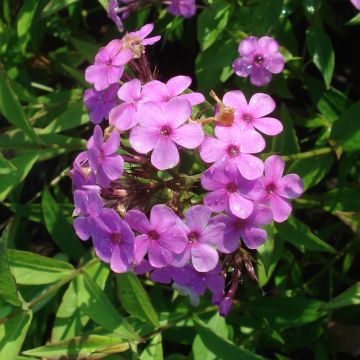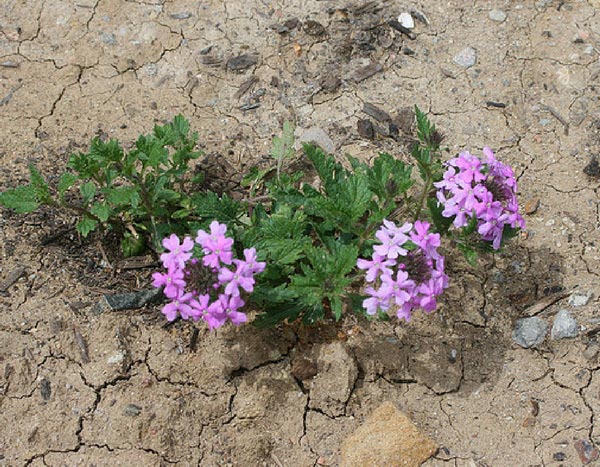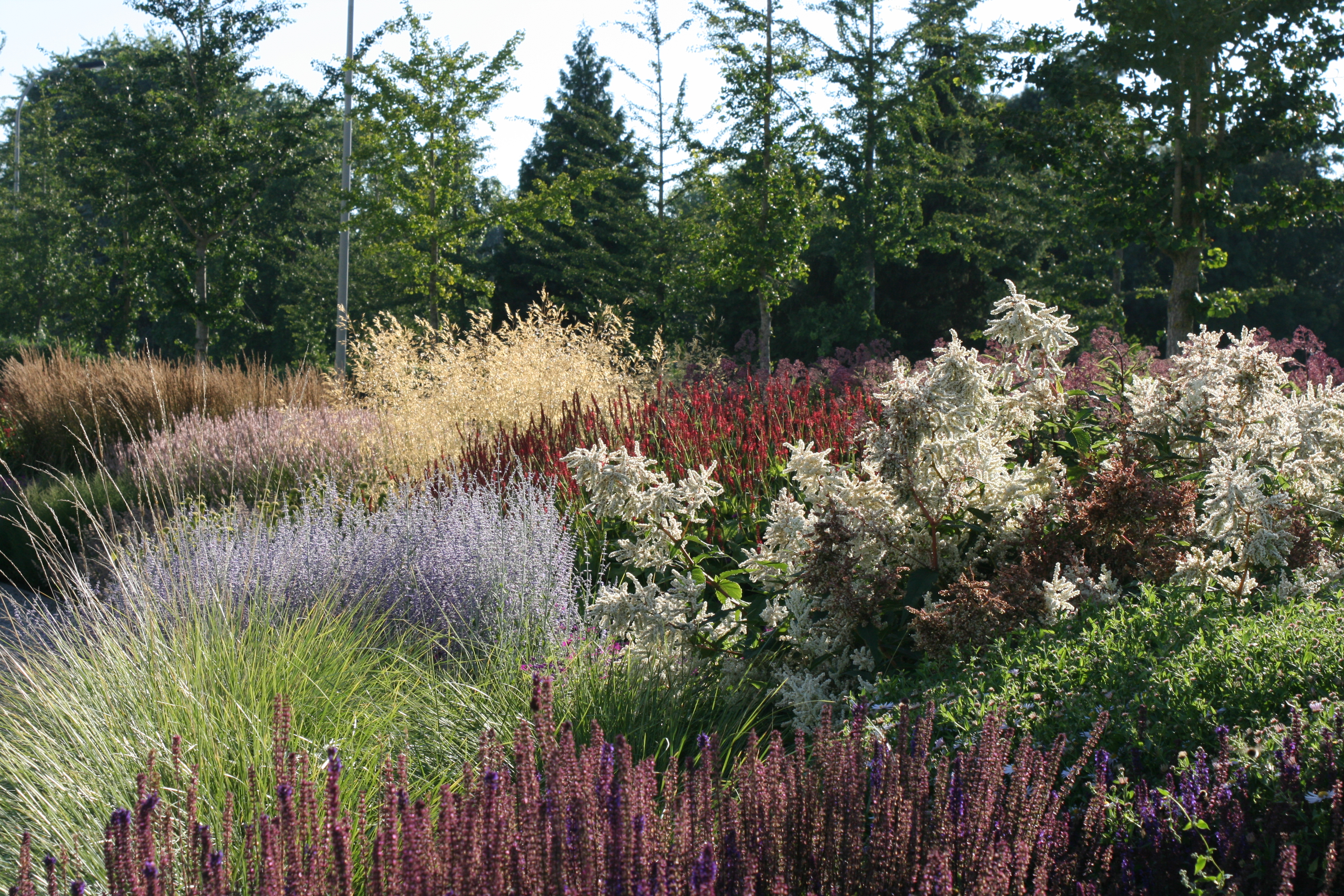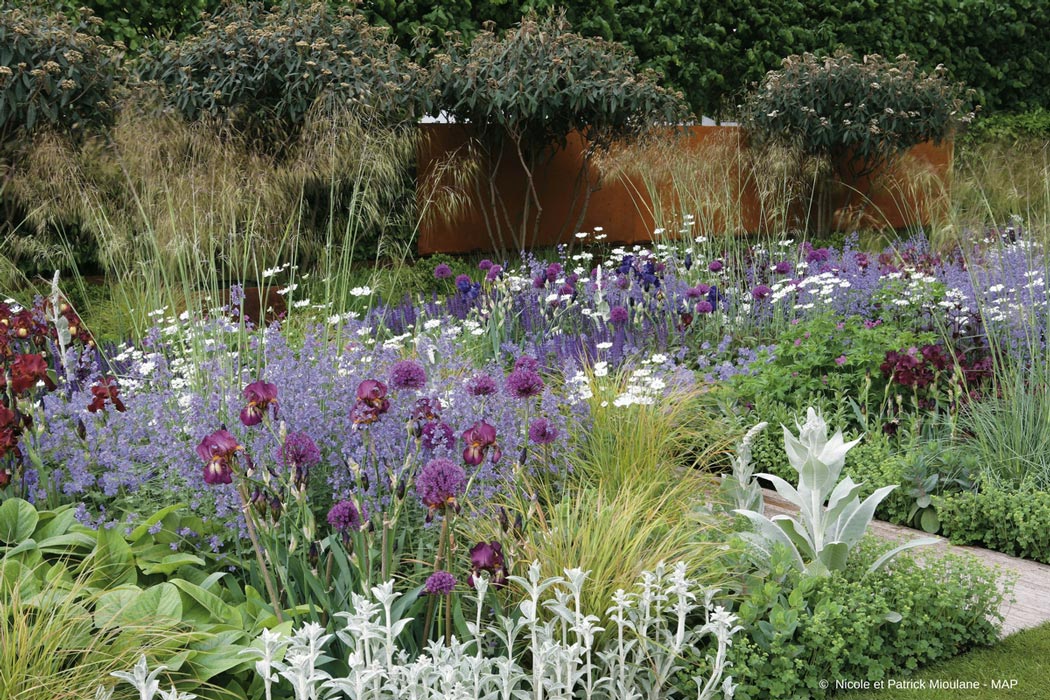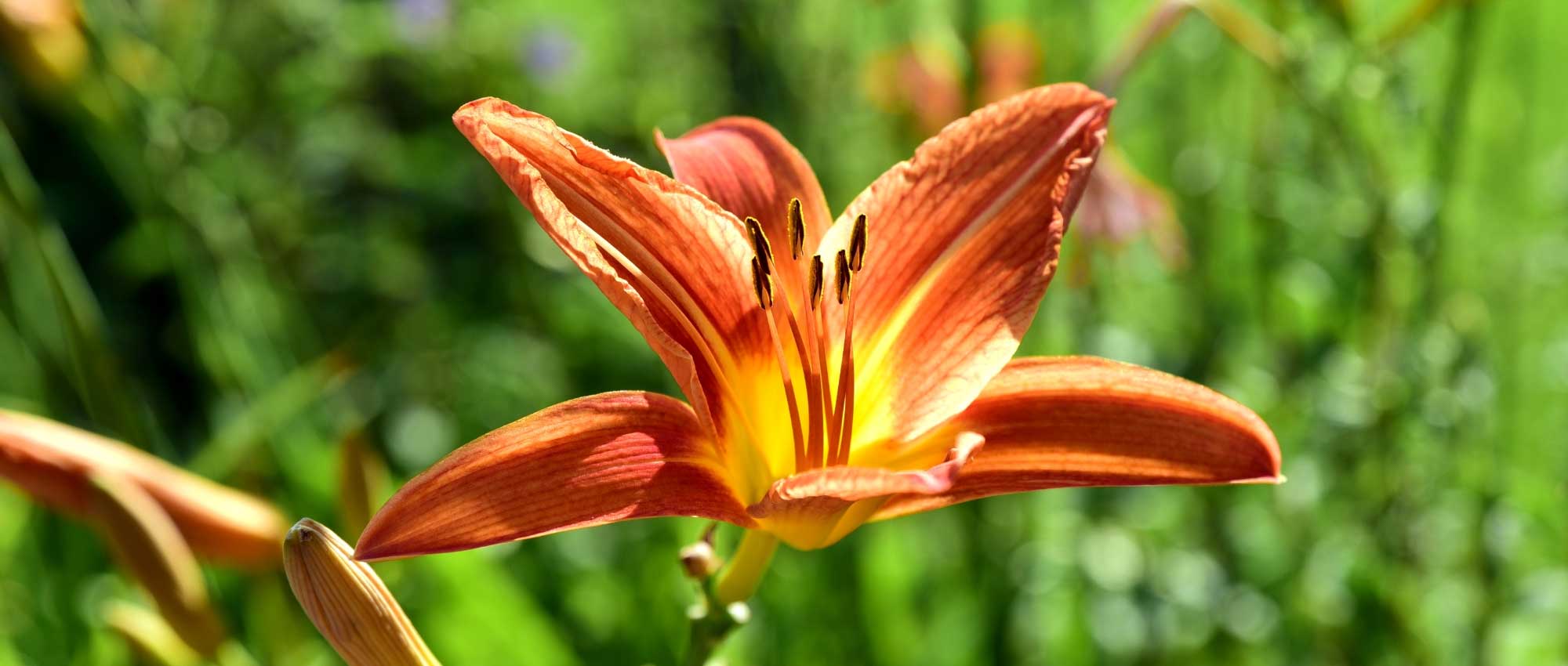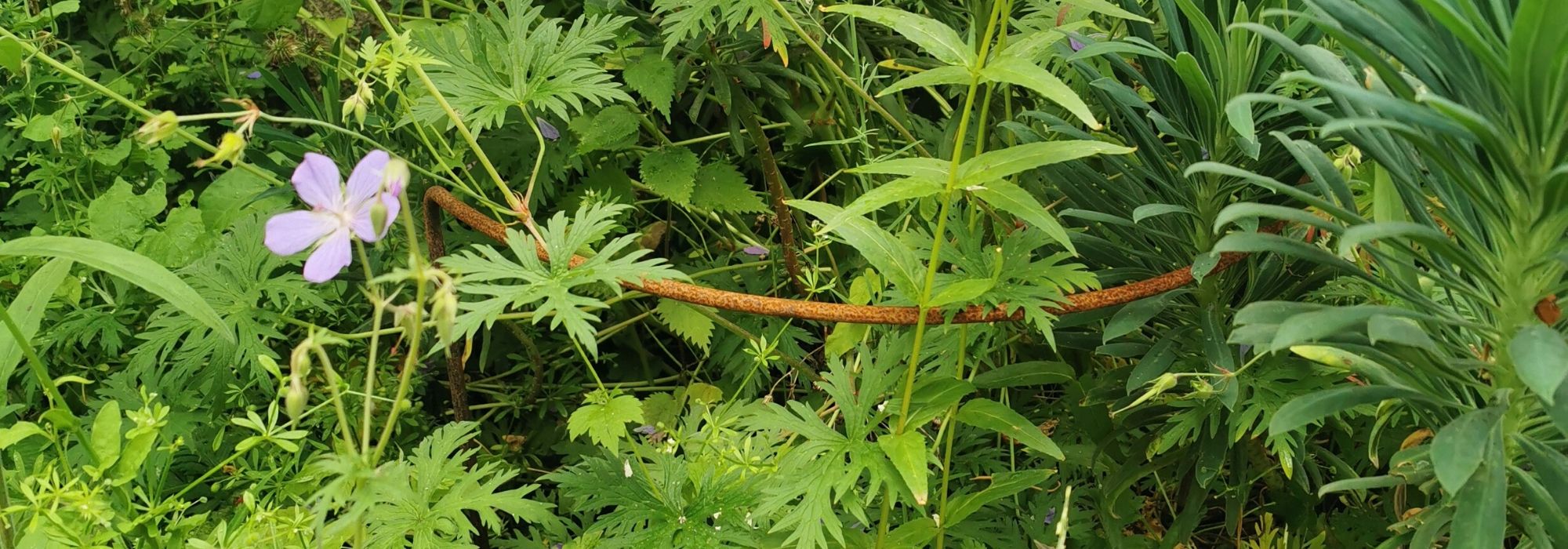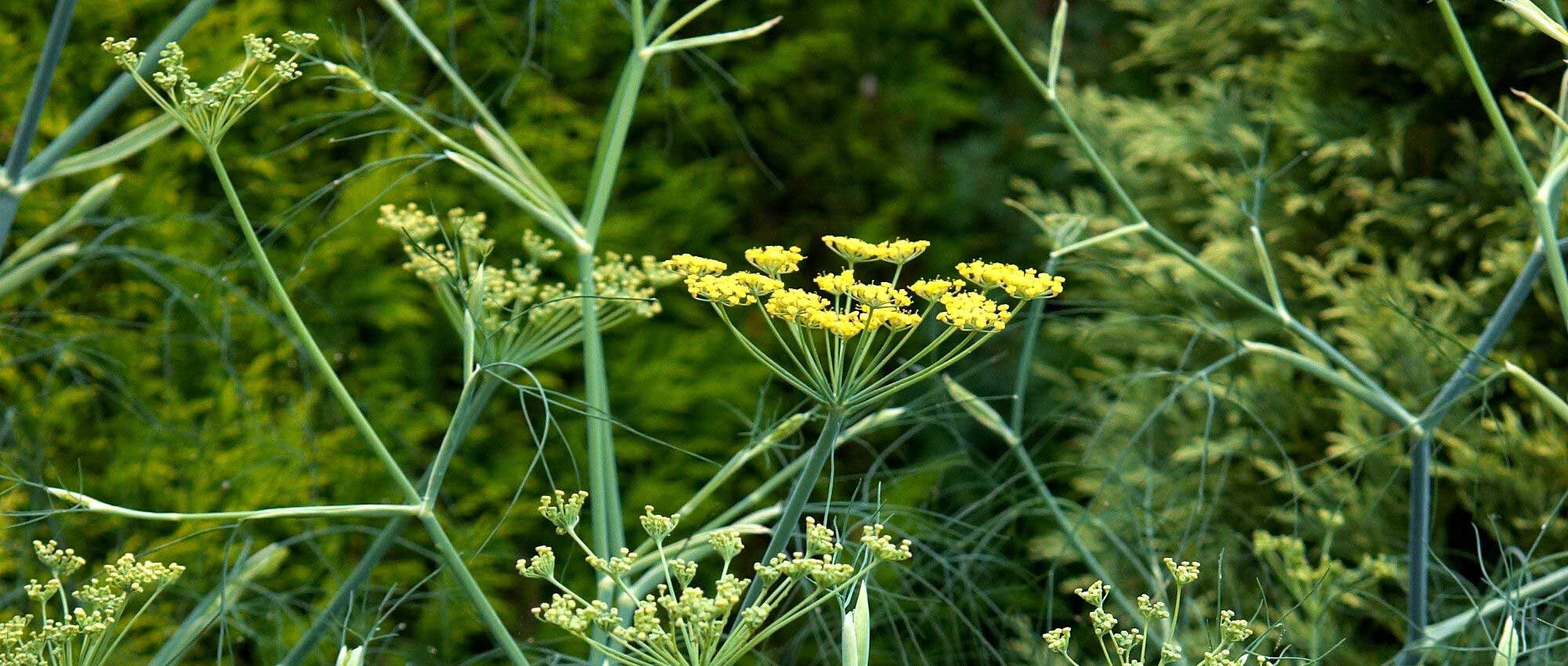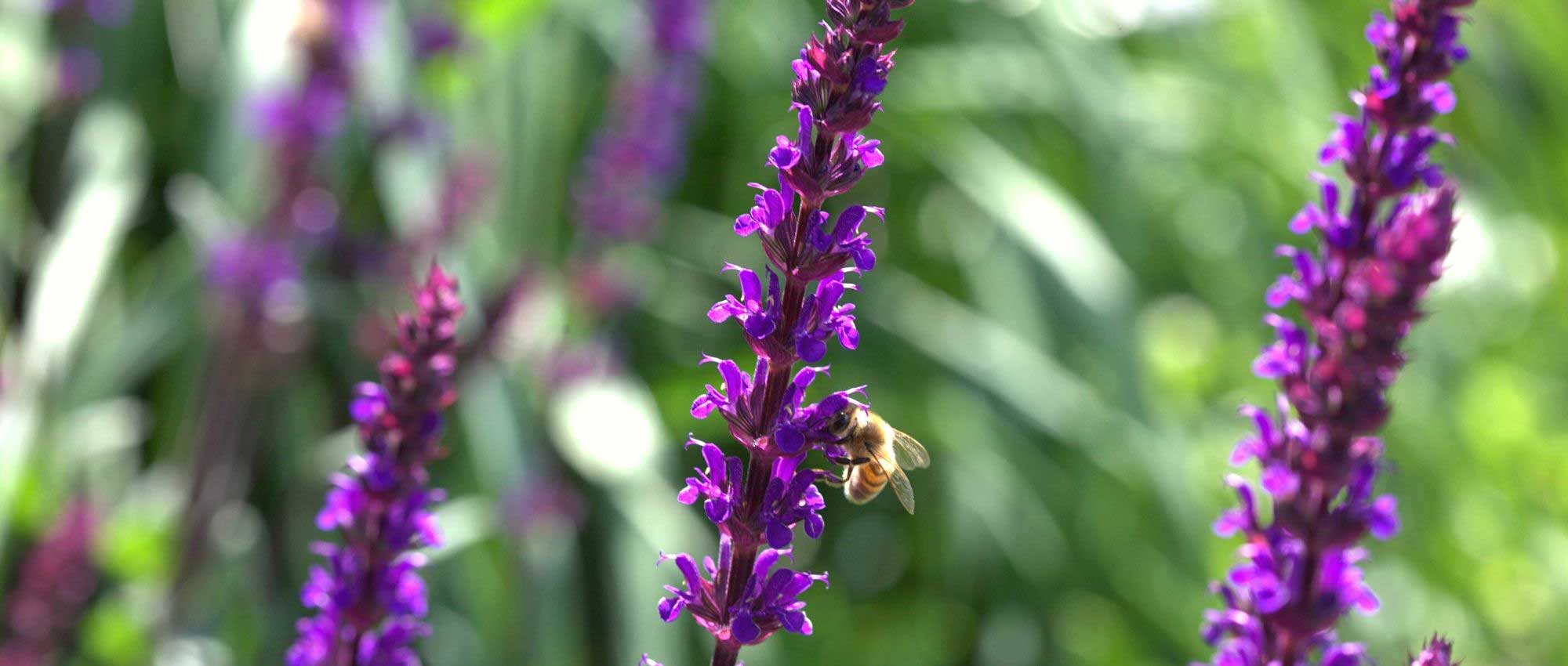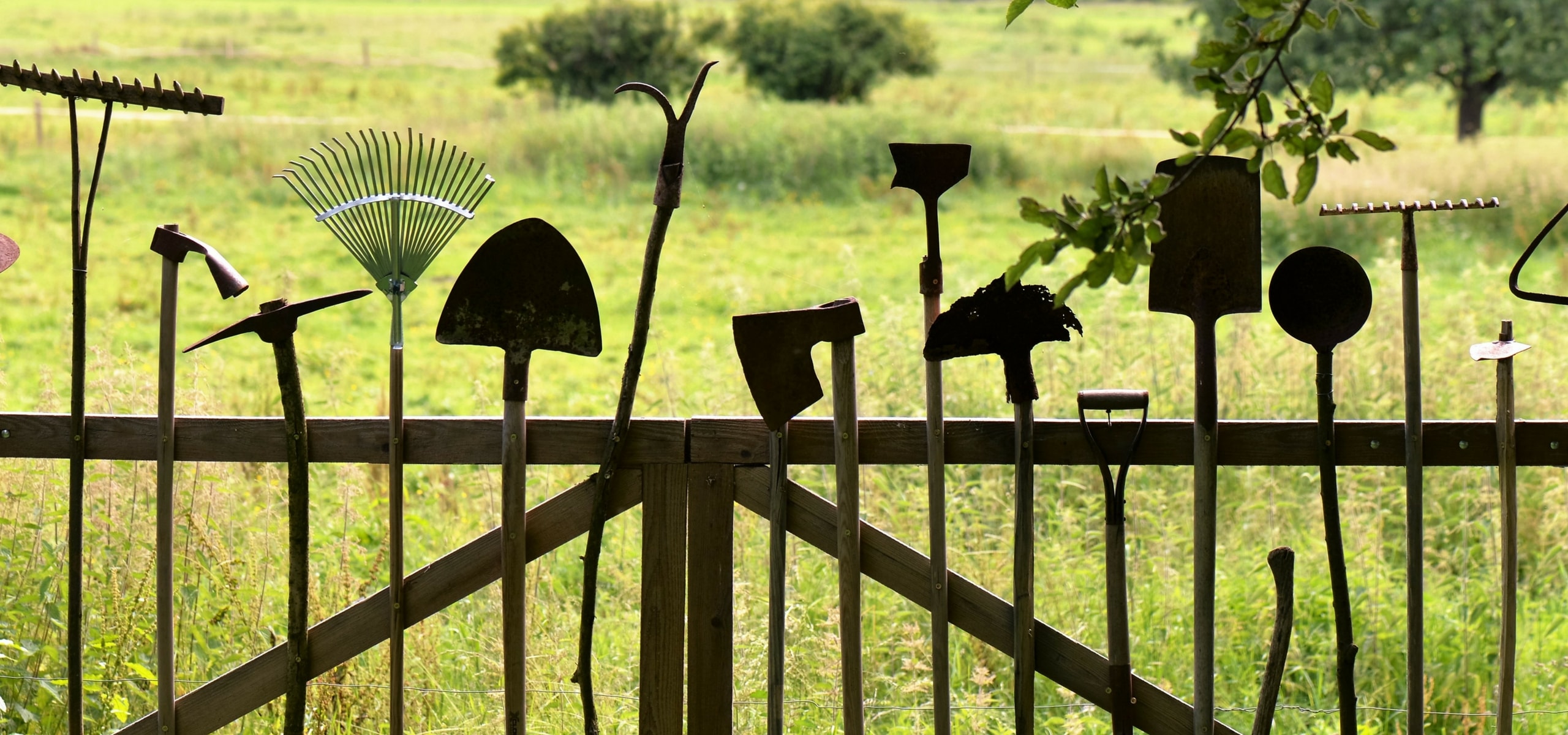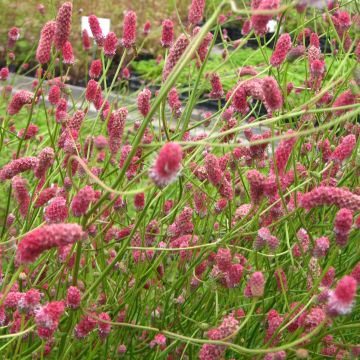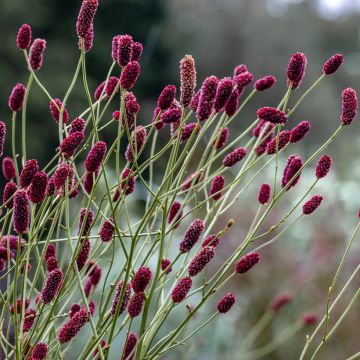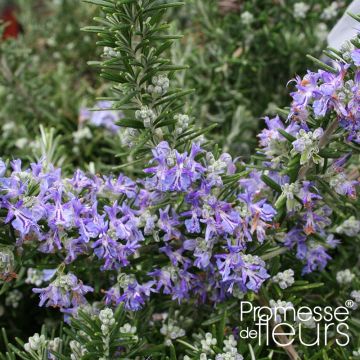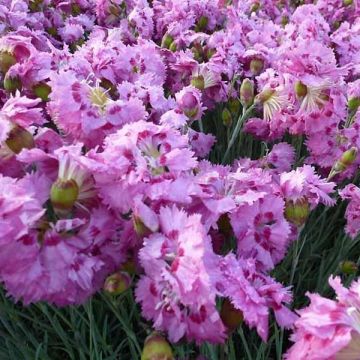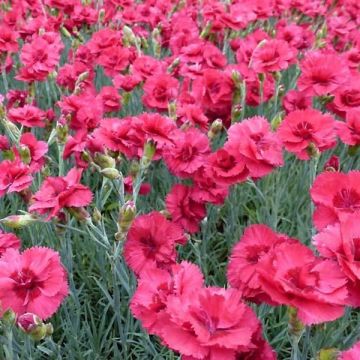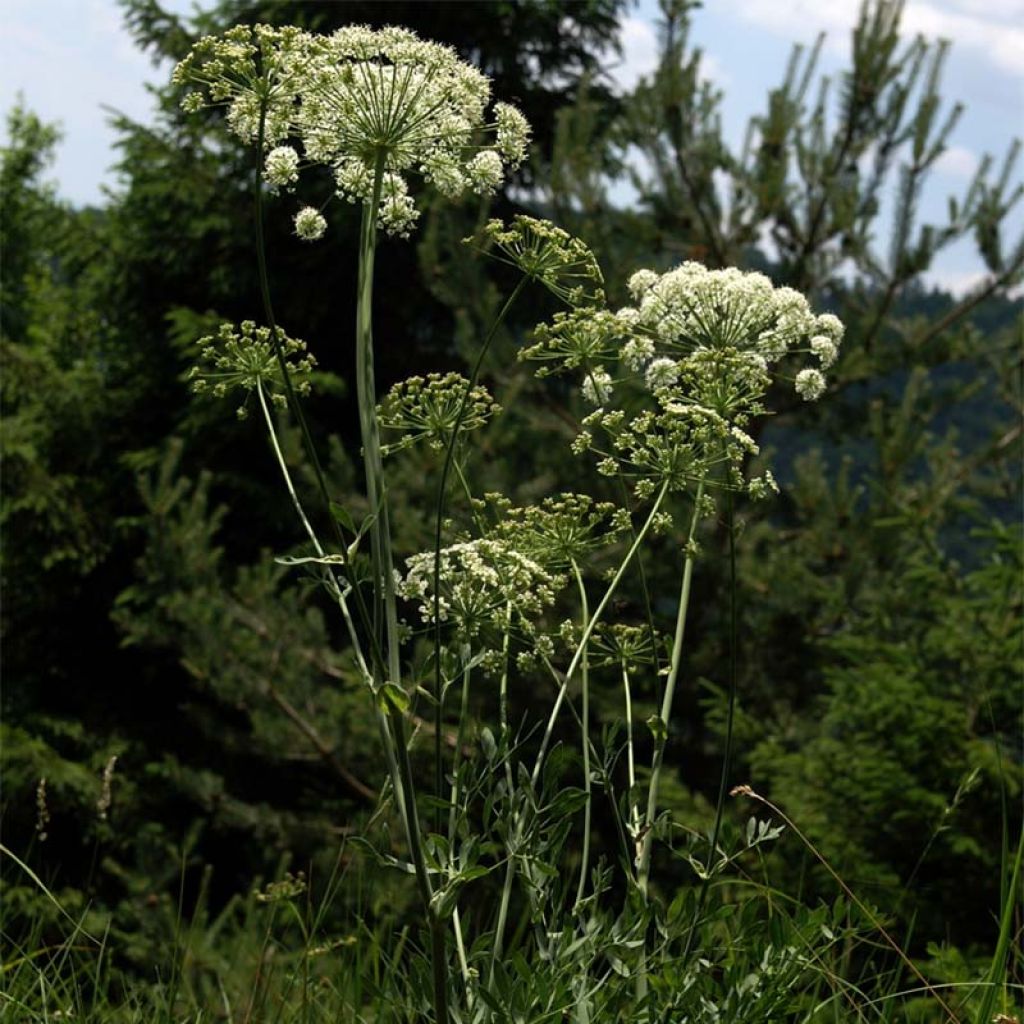

Laserpitium siler - Sermontain
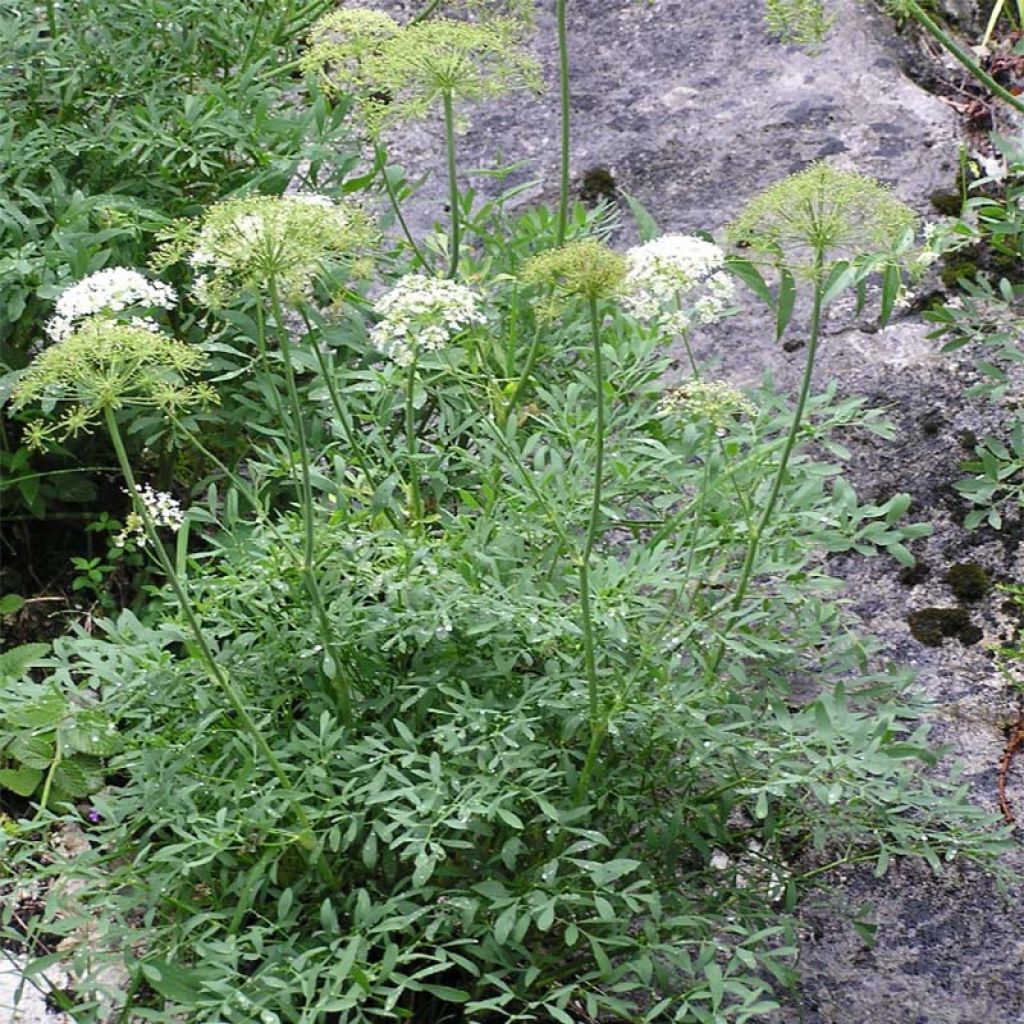

Laserpitium siler - Sermontain
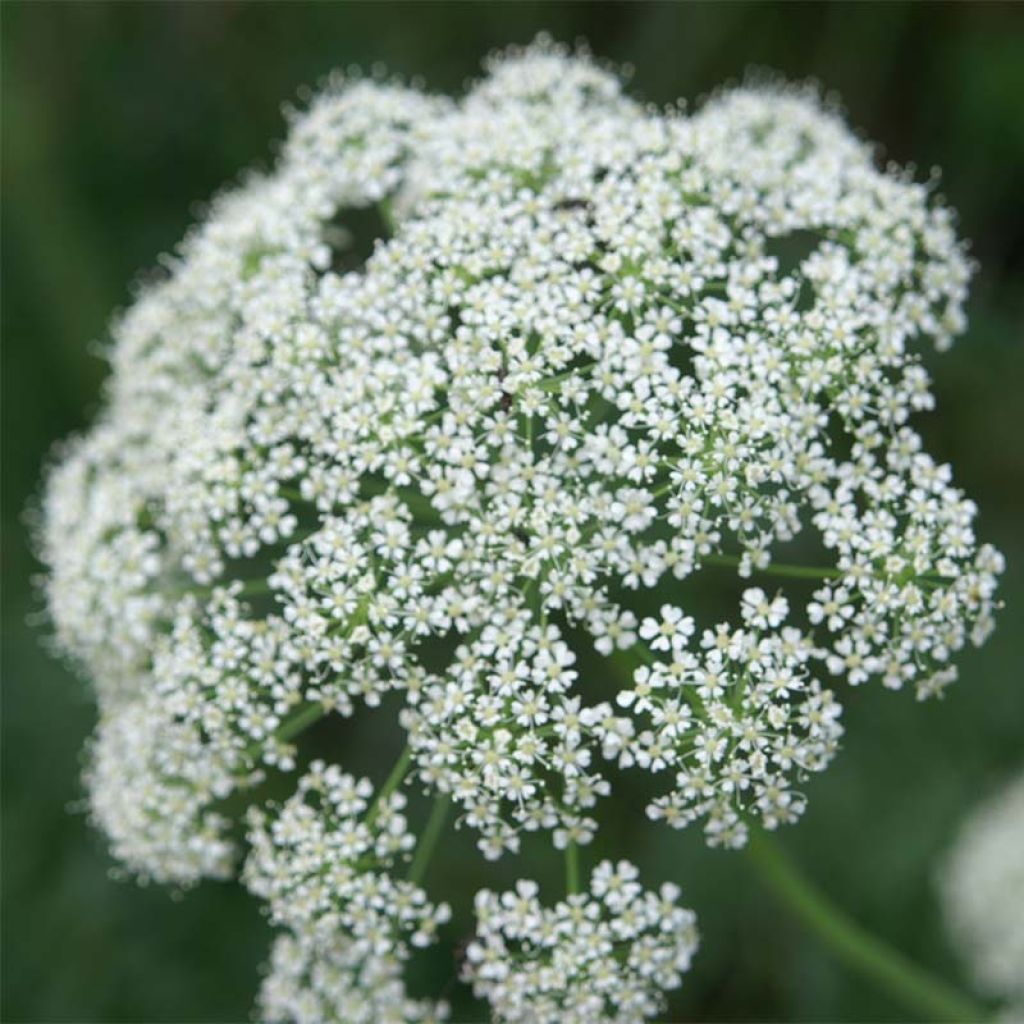

Laserpitium siler - Sermontain
Laserpitium siler
Laserpitium siler
Laserwort
Beautiful, flowering in late May to early June at low altitude. Abundant colony, but very limited to the small neck collapse zone of a limestone cliff. Very large root that allows it to withstand the heat of summer.
Véronique , 25/05/2021
Special offer!
Receive a €20 voucher for any order over €90 (excluding delivery costs, credit notes, and plastic-free options)!
1- Add your favorite plants to your cart.
2- Once you have reached €90, confirm your order (you can even choose the delivery date!).
3- As soon as your order is shipped, you will receive an email containing your voucher code, valid for 3 months (90 days).
Your voucher is unique and can only be used once, for any order with a minimum value of €20, excluding delivery costs.
Can be combined with other current offers, non-divisible and non-refundable.
Why not try an alternative variety in stock?
View all →This plant carries a 12 months recovery warranty
More information
We guarantee the quality of our plants for a full growing cycle, and will replace at our expense any plant that fails to recover under normal climatic and planting conditions.
Does this plant fit my garden?
Set up your Plantfit profile →
Description
Laserpitium siler, also known as Siler montanum, is a wild plant from mountainous areas. This tall umbelliferous plant grows spontaneously in rocky and dry areas, with no other care than the warmth of sun-drenched stones and water from the sky. This perennial plant stands out in summer when its large hemispherical umbels of pale flowers are visited by butterflies. Invite this wild beauty into your garden. A large rockery or well-drained flower bed will suffice to tame it. It requires no maintenance and will self-seed spontaneously.
It belongs to the Apiaceae family and is a cousin of carrot and celery. This perennial plant is native to central and southern Europe. Its natural habitat consists of light undergrowth and mountain rocks where it mostly grows in limestone soil. It grows at altitudes between 500 and 2000m (1640 and 6562ft).
It quickly forms a flowering tuft of around 70cm (28in) in height on average, with a diameter of about 40cm (16in). It grows from a clump-forming stump, which spreads weakly over time. Its stems are solid, robust, striated, and adorned at the base with large leaves that are divided several times into ovate, elongated, and pointed leaflets. The leaves are glaucous green. The few leaves present on the floral stems are very small. The flowering takes place in July-August, in the form of a large umbel, 15 to 20cm (6 to 8in) wide, composed of 20 to 40 ray florets. The hemispherical and rounded umbel is made up of umbellules (mini umbels) that are very dense and composed of numerous small flowers. The flowers are white to pinkish and fragrance-free. They are nectar-rich and attract many insects. After pollination, they give way to oblong fruits, which are initially green and shiny, becoming brown-pink. The fruits are highly fragrant. The above-ground parts of the plant die in winter and re-emerge in spring.
Laserpitium siler demonstrates great robustness and beautiful elegance. Invite it into large rockeries, impossible embankments, and country-style flower beds, alongside herbaceous perennials, in slightly wild areas of the garden where it will require no particular care. This plant enhances the beauty of perpetual roses and summer-flowering bushes, without overshadowing them. It grows without any care or maintenance, like Damask nigella, wild chicory, perennial flax, perennial jasione, oregano, sainfoin, and many others. With these, it is ideal for creating a garden or flower bed dedicated to wildlife and nature.
Properties: Laserpitium siler is used in herbal medicine for its stimulating and diuretic properties. Its name, Laser, comes from Latin and means "gum", alluding to the aromatic and sticky sap contained in the plant's tissues.
Report an error about the product description
Laserpitium siler in pictures
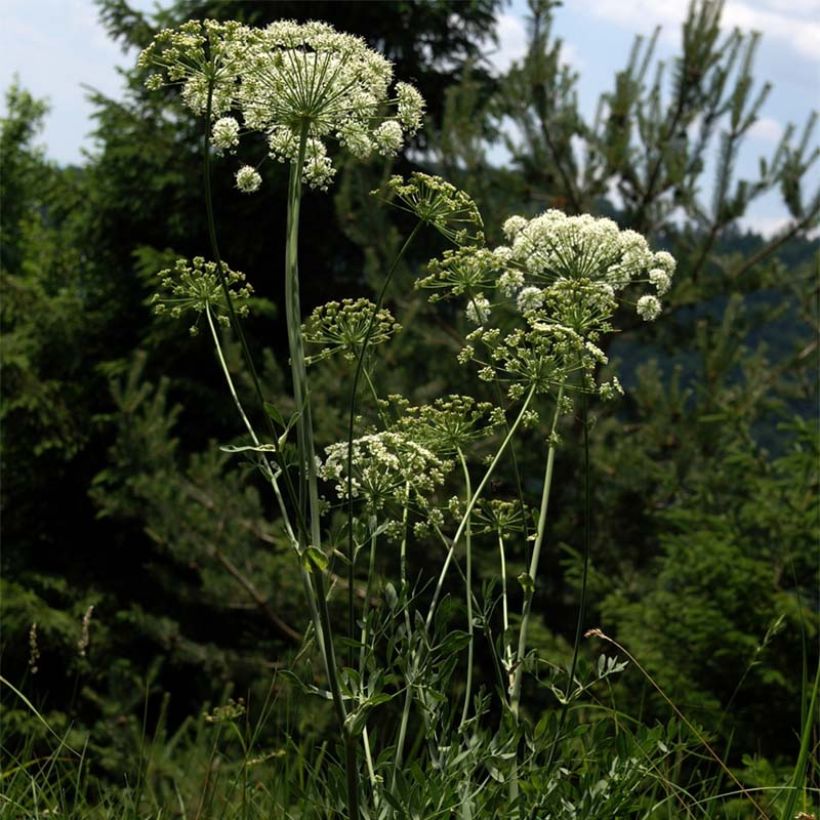

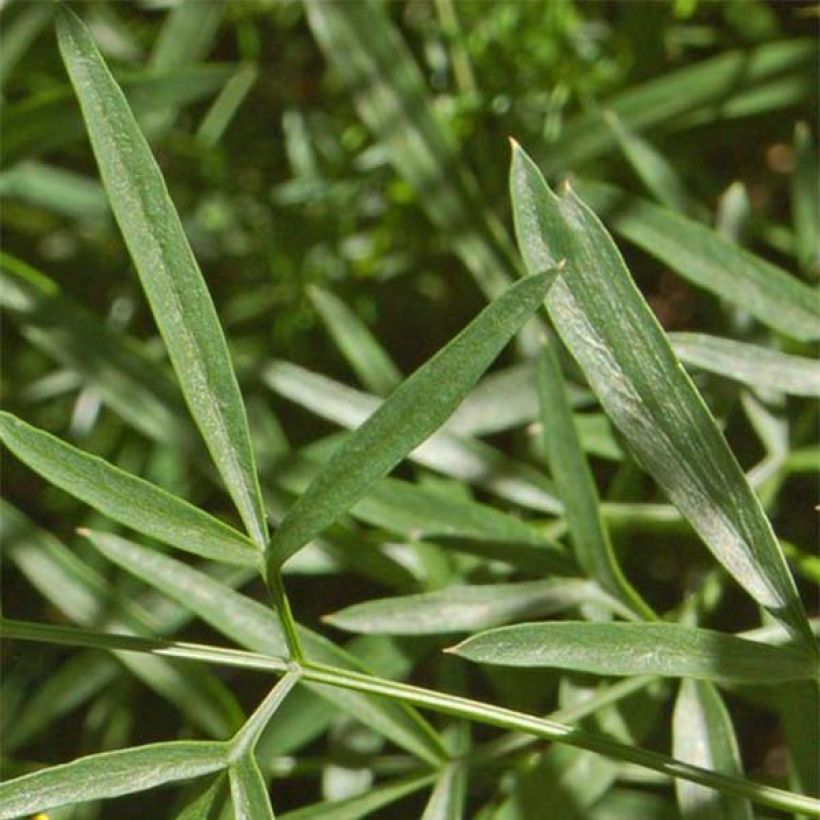

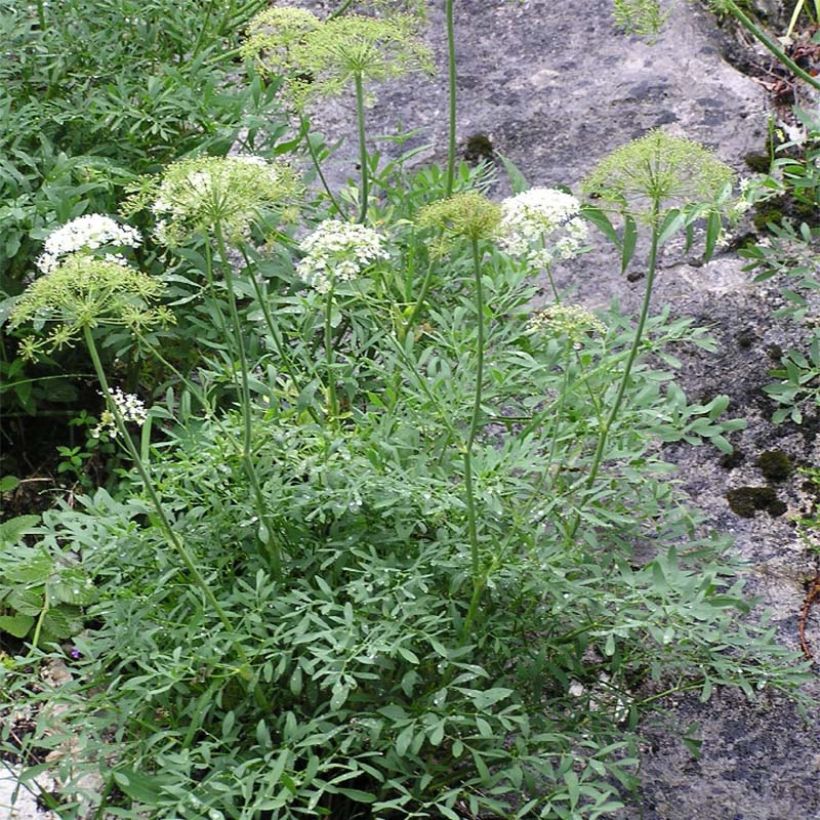

Flowering
Foliage
Plant habit
Botanical data
Laserpitium
siler
Apiaceae
Laserwort
Alps
Other Perennials A to Z
View all →Planting and care
Plant in spring or autumn, in a very sunny location. It appreciates well-drained soils, even limestone and poor, stony, sandy or rocky soils. It is difficult to cultivate in clayey, compacted and waterlogged soils. If your soil is heavy, incorporate a generous amount of gravel into the planting soil and place the plant in a raised bed. It is ideal for the back or centre of flower beds. This plant requires little maintenance. However, monitor its spread as it can self-seed if conditions are favourable.
Planting period
Intended location
Care
Planting & care advice
-
, onOrder confirmed
Reply from on Promesse de fleurs
Similar products
Haven't found what you were looking for?
Hardiness is the lowest winter temperature a plant can endure without suffering serious damage or even dying. However, hardiness is affected by location (a sheltered area, such as a patio), protection (winter cover) and soil type (hardiness is improved by well-drained soil).

Photo Sharing Terms & Conditions
In order to encourage gardeners to interact and share their experiences, Promesse de fleurs offers various media enabling content to be uploaded onto its Site - in particular via the ‘Photo sharing’ module.
The User agrees to refrain from:
- Posting any content that is illegal, prejudicial, insulting, racist, inciteful to hatred, revisionist, contrary to public decency, that infringes on privacy or on the privacy rights of third parties, in particular the publicity rights of persons and goods, intellectual property rights, or the right to privacy.
- Submitting content on behalf of a third party;
- Impersonate the identity of a third party and/or publish any personal information about a third party;
In general, the User undertakes to refrain from any unethical behaviour.
All Content (in particular text, comments, files, images, photos, videos, creative works, etc.), which may be subject to property or intellectual property rights, image or other private rights, shall remain the property of the User, subject to the limited rights granted by the terms of the licence granted by Promesse de fleurs as stated below. Users are at liberty to publish or not to publish such Content on the Site, notably via the ‘Photo Sharing’ facility, and accept that this Content shall be made public and freely accessible, notably on the Internet.
Users further acknowledge, undertake to have ,and guarantee that they hold all necessary rights and permissions to publish such material on the Site, in particular with regard to the legislation in force pertaining to any privacy, property, intellectual property, image, or contractual rights, or rights of any other nature. By publishing such Content on the Site, Users acknowledge accepting full liability as publishers of the Content within the meaning of the law, and grant Promesse de fleurs, free of charge, an inclusive, worldwide licence for the said Content for the entire duration of its publication, including all reproduction, representation, up/downloading, displaying, performing, transmission, and storage rights.
Users also grant permission for their name to be linked to the Content and accept that this link may not always be made available.
By engaging in posting material, Users consent to their Content becoming automatically accessible on the Internet, in particular on other sites and/or blogs and/or web pages of the Promesse de fleurs site, including in particular social pages and the Promesse de fleurs catalogue.
Users may secure the removal of entrusted content free of charge by issuing a simple request via our contact form.
The flowering period indicated on our website applies to countries and regions located in USDA zone 8 (France, the United Kingdom, Ireland, the Netherlands, etc.)
It will vary according to where you live:
- In zones 9 to 10 (Italy, Spain, Greece, etc.), flowering will occur about 2 to 4 weeks earlier.
- In zones 6 to 7 (Germany, Poland, Slovenia, and lower mountainous regions), flowering will be delayed by 2 to 3 weeks.
- In zone 5 (Central Europe, Scandinavia), blooming will be delayed by 3 to 5 weeks.
In temperate climates, pruning of spring-flowering shrubs (forsythia, spireas, etc.) should be done just after flowering.
Pruning of summer-flowering shrubs (Indian Lilac, Perovskia, etc.) can be done in winter or spring.
In cold regions as well as with frost-sensitive plants, avoid pruning too early when severe frosts may still occur.
The planting period indicated on our website applies to countries and regions located in USDA zone 8 (France, United Kingdom, Ireland, Netherlands).
It will vary according to where you live:
- In Mediterranean zones (Marseille, Madrid, Milan, etc.), autumn and winter are the best planting periods.
- In continental zones (Strasbourg, Munich, Vienna, etc.), delay planting by 2 to 3 weeks in spring and bring it forward by 2 to 4 weeks in autumn.
- In mountainous regions (the Alps, Pyrenees, Carpathians, etc.), it is best to plant in late spring (May-June) or late summer (August-September).
The harvesting period indicated on our website applies to countries and regions in USDA zone 8 (France, England, Ireland, the Netherlands).
In colder areas (Scandinavia, Poland, Austria...) fruit and vegetable harvests are likely to be delayed by 3-4 weeks.
In warmer areas (Italy, Spain, Greece, etc.), harvesting will probably take place earlier, depending on weather conditions.
The sowing periods indicated on our website apply to countries and regions within USDA Zone 8 (France, UK, Ireland, Netherlands).
In colder areas (Scandinavia, Poland, Austria...), delay any outdoor sowing by 3-4 weeks, or sow under glass.
In warmer climes (Italy, Spain, Greece, etc.), bring outdoor sowing forward by a few weeks.































